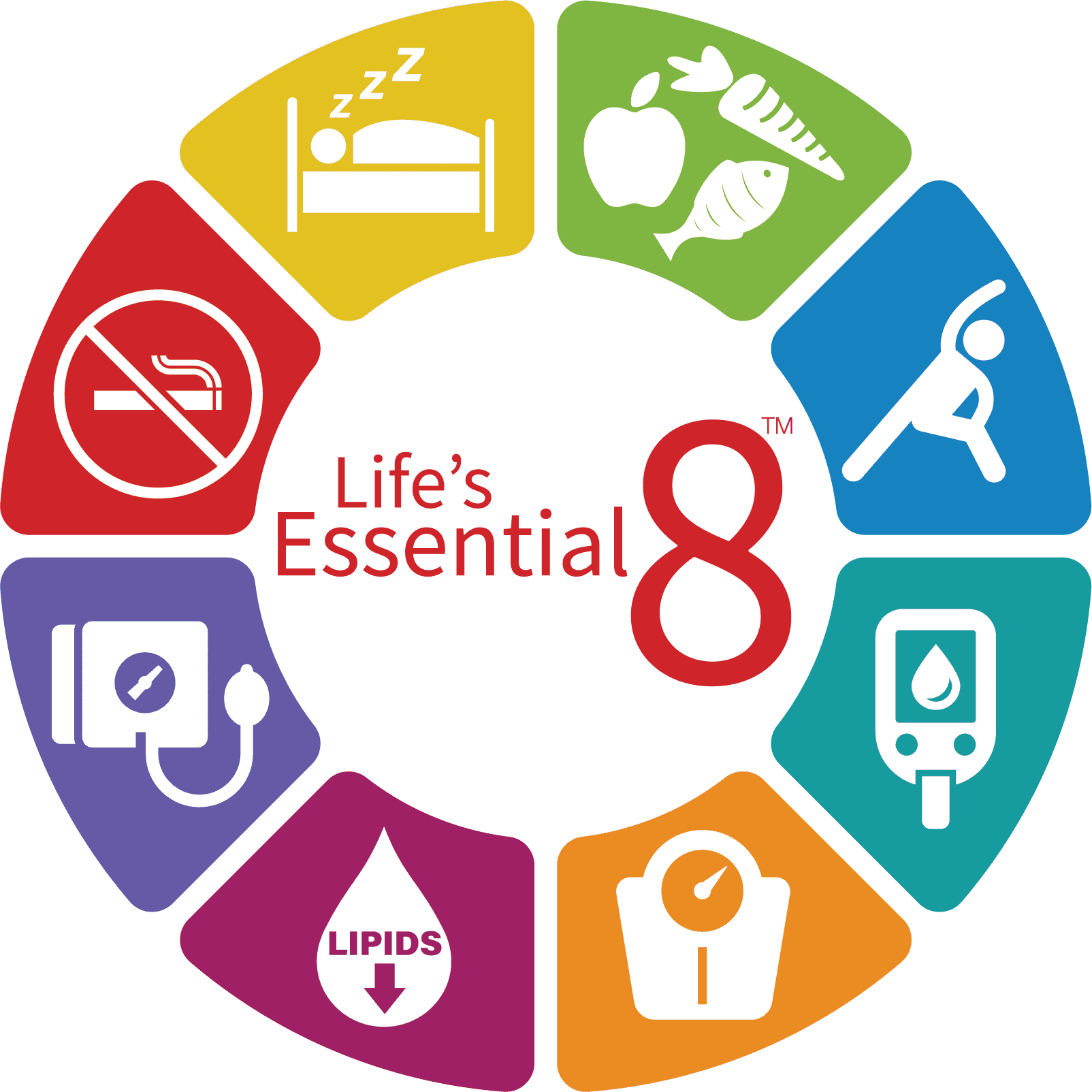Syracuse Reads: Being More Mindful
By Christine A. Krahling
Stress.
Whether it’s the pressure of an impending deadline, caring for an aging parent or schlepping to the grocery store for the third time in the same week, we all deal with it daily.
Kate Hanley, author of “Stress Less: 100 Mindfulness Exercises for Calmness and Clarity,” writes that everyone has stress, “but it is how you choose to cope with it that can make all the difference in your daily life.”
Kate, a mindset coach and yoga teacher, aims to help busy people stop stressing about the “things that don’t matter.” So how do we determine what matters and what doesn’t?
I recently had the chance to catch up with Kate to ask her just that.
Her answers resonated with me.
“If you’re simply chasing your to-do list and waiting until it’s done before you do something that’s not necessarily urgent, you will be waiting a long time,” Kate said. “And you will be feeling like there’s something wrong with you, because how can you still have so much to do when you’re so busy?”
Exactly!
Kate added, “You need to ask yourself, ‘Will I lie in bed tonight and be happy that I spent my time doing this?’ Choosing more of those things will reduce your stress levels over time.”
“Stress Less” is a quick read that offers relaxation and calming exercises, running the gamut from meditation to yoga to visualization, all of which can be accomplished in 10 minutes or less. They’re perfect if you live an on-the-go lifestyle.
But what about people who say they can’t practice yoga or meditate?
“All you need is a mind and a body, because a mind-body practice is simply anything where the mind is focusing on what the body is doing,” Kate said, explaining that the concentration quiets the mind’s chatter, so deeper insights can emerge.
In Kate’s Tip No. 6 — “Taking Stock of Your Stress” — she writes, “You can’t change a habit you don’t know you have.”
Kate suggests taking note of where you hold stress in the body. Maybe it’s in your jaw, shoulders or gut. Then ask yourself what you do to cope when feeling this tension.
And that brings us toTip No. 31 — “Red Light Relaxation.”
The next time you’re in a car, Kate advises to “use each red light as a reminder to take one full breath that you pay attention to the whole way through.”
Inhale, then exhale, she writes, and ask yourself if you notice any difference in how you feel once you get out of the car and go on with your day. For those without grueling commutes, this exercise is just as effective while shuttling the lacrosse team around town.
Kate and I also discussed how one person’s stressor can be another person’s relaxation. For example, the thought of recreating Pinterest-inspired party favors is enough to make me break out in hives. For my crafty friend, not so much.
So — as Carrie Bradshaw might say, “I couldn’t help but wonder…” — are we all just wired differently?
Kate explained that everyone has a different temperament, and some people are simply more likely to worry. You can, however, learn to observe your own triggers and work with your own wiring, she said.
“If you’re going on Facebook in the hopes of confirming a nagging feeling that other people are more successful or happier than you are, you’re going to get plenty of evidence that will make you feel worse,” she said.“But if you go with an intention to talk to likeminded people and broaden your perspective on something you’re struggling with, that’s actually relaxing because it makes you feel less isolated.”
Creating new habits to reduce stress takes time. With a copy of “Stress Less” on hand, you have a mini-refresher course at your fingertips to help you stay in the moment, focus and “stress less.” SWM
For further information on “Stress Less: 100 Mindfulness Exercises for Calmness and Clarity,” and Kate Hanley, visit msmindbody.com.





